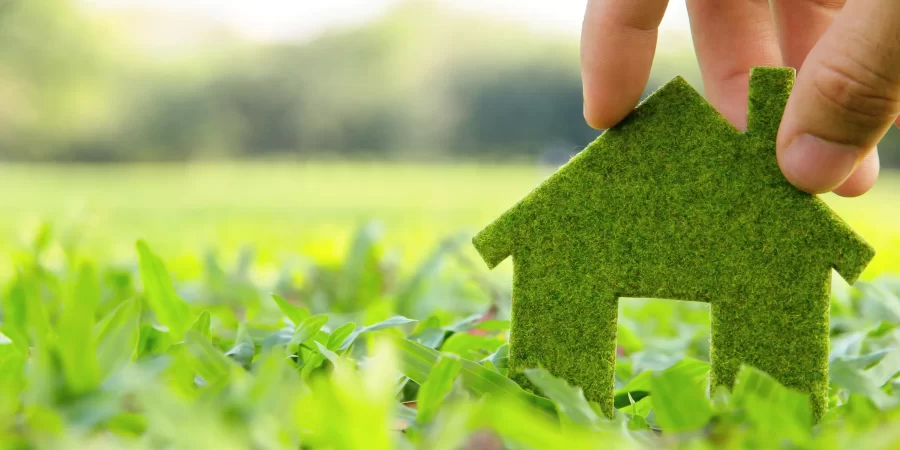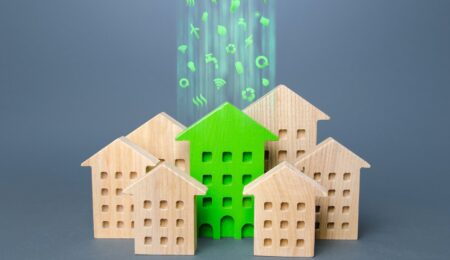As the world embraces the importance of sustainability, eco-conscious home improvement has become a key focus for those seeking to reduce their environmental impact and create healthier living spaces. Transforming your home into a green haven not only benefits the planet but also enhances your well-being. Let’s explore a variety of eco-friendly initiatives to infuse green living into every corner of your home.
1. Energy-Efficient Lighting Solutions
Illuminate your living spaces with energy-efficient lighting solutions. Replace traditional incandescent bulbs with LED or CFL alternatives. These options not only consume less energy but also have a longer lifespan, reducing the frequency of replacements. Consider installing motion sensors or smart lighting systems to optimize energy use based on occupancy.
2. Sustainable Flooring Choices
Upgrade your flooring with sustainable materials that not only enhance aesthetics but also contribute to a healthier indoor environment. Bamboo, cork, and reclaimed wood are excellent eco-friendly flooring options. These materials are renewable, durable, and add a touch of natural charm to your home.
3. Eco-Friendly Insulation
Improve your home’s energy efficiency and comfort by choosing eco-friendly insulation materials. Opt for options like recycled denim, soy-based foam, or cellulose insulation. Proper insulation helps regulate indoor temperatures, reducing the need for excessive heating or cooling, and lowers energy consumption.
4. Water-Conserving Fixtures
Conserve water by installing water-efficient fixtures in your bathrooms and kitchen. Low-flow toilets, faucets, and showerheads help minimize water usage without compromising performance. Consider collecting rainwater for outdoor use, further reducing your dependence on traditional water sources.
5. Energy-Efficient Appliances
Upgrade your home appliances to energy-efficient models with the ENERGY STAR label. From refrigerators to washing machines, these appliances are designed to use less energy, contributing to lower utility bills and a reduced carbon footprint. Choose appliances with advanced energy-saving features for optimal efficiency.
6. Sustainable Kitchen and Dining
Infuse sustainability into your kitchen and dining areas by choosing eco-friendly materials for utensils, dinnerware, and kitchen tools. Opt for items made from bamboo, recycled glass, or stainless steel. Additionally, consider composting kitchen waste to reduce landfill contributions and enrich your garden soil.
7. Green Roofing Solutions
Explore green roofing options to enhance energy efficiency and promote biodiversity. Green roofs, covered with vegetation, provide natural insulation, reduce stormwater runoff, and create habitats for wildlife. Green roofing solutions contribute to a cooler home environment and support ecological diversity.
8. Solar Power Integration
Embrace the power of the sun by integrating solar panels into your home. Solar power is a renewable energy source that reduces reliance on traditional electricity grids. Consider a solar water heater or photovoltaic panels to harness solar energy for heating and powering your home.
9. Eco-Conscious Landscaping
Extend your eco-conscious approach to your outdoor spaces with sustainable landscaping practices. Choose native plants that require less water and maintenance. Implement rain gardens to manage water runoff and create habitats for local wildlife. Mulch garden beds to conserve moisture and suppress weed growth naturally.
10. Smart Home Technologies
Implement smart home technologies to optimize energy use and enhance convenience. Smart thermostats, lighting controls, and energy-monitoring devices allow you to manage and reduce your home’s energy consumption. Program your home to operate efficiently and in alignment with your eco-conscious goals.
Conclusion: A Greener, Healthier Home
Green living is not just a trend; it’s a commitment to a more sustainable and eco-conscious lifestyle. By incorporating these eco-friendly home improvement ideas, you’re not only reducing your environmental impact but also creating a healthier and more comfortable living space for yourself and future generations.





Leave a Reply